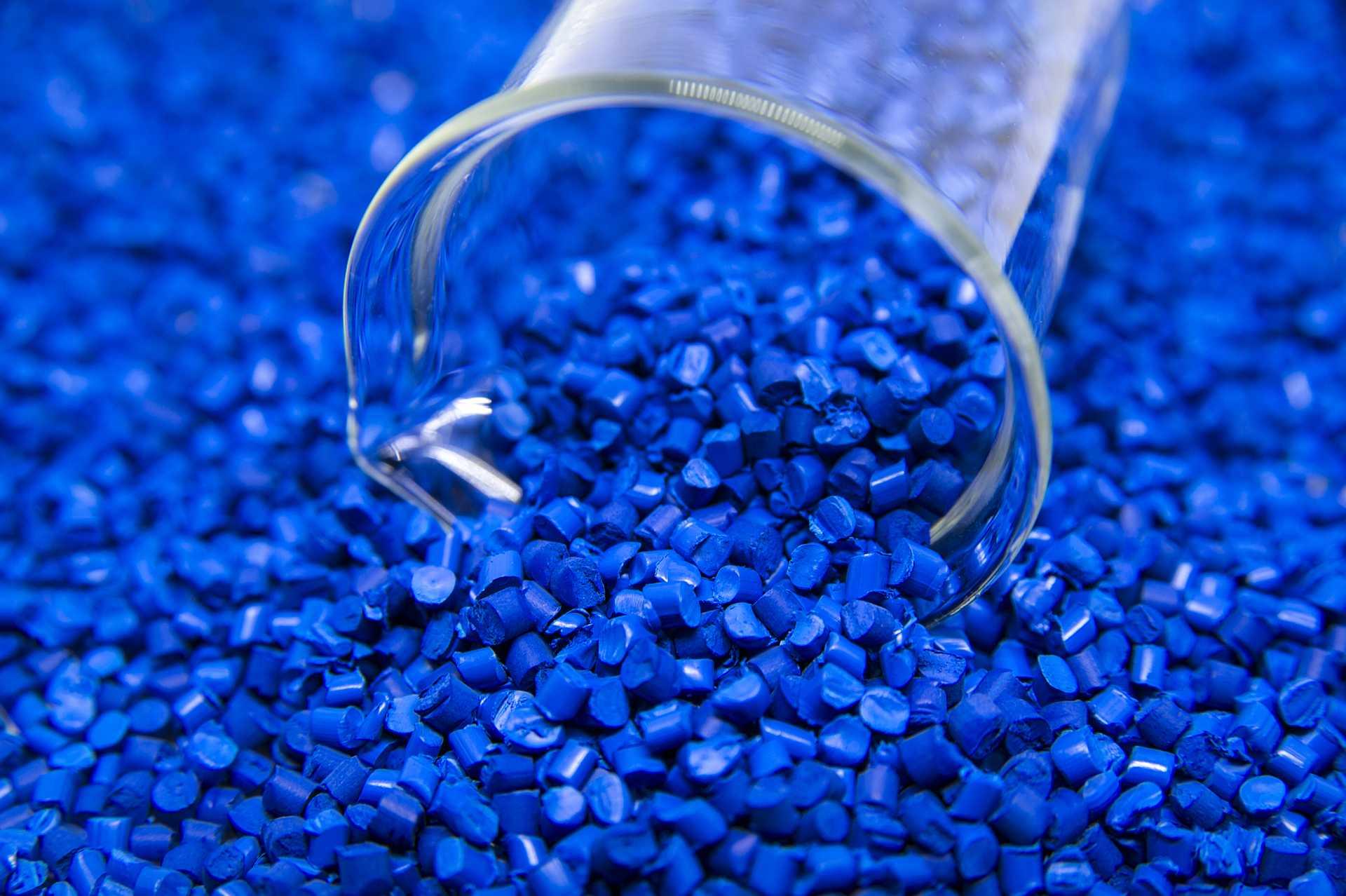Antimicrobial plastics are finding increasing applications across several end-use industries such as healthcare, packaging, food and beverage, and consumer goods. They help prevent microbial growth on plastics and are ideal for applications that require repeated cleaning and disinfection. Some key uses of antimicrobial plastics include medical devices, surfaces, door handles, and food packaging.
The global antimicrobial plastics market is estimated to be valued at US$ 37.35 Bn in 2024 and is expected to exhibit a CAGR of 9.8% over the forecast period 2024 to 2031, as highlighted in a new report published by Coherent Market Insights.
Market Dynamics:
The growth of the antimicrobial plastics market is majorly driven by the increasing healthcare industry expenditure globally. As per data by the World Bank, global current health expenditure as a share of GDP increased from 9.84% in 2010 to 10.02% in 2017. Growing healthcare spending is encouraging the adoption of antimicrobial plastics in various medical applications owing to their infection control properties. Further, the rising demand for packaged food and consumer goods has boosted the consumption of antimicrobial plastics in food packaging and consumer goods packaging applications as they help preserve the quality and increase the shelf life of packaged products.
The increasing emphasis on infection control and prevention across various end-use industries is another key factor propelling the demand for antimicrobial plastics. Strict regulations pertaining to cleanliness and hygiene are augmenting the popularity of antimicrobial plastics, especially in the healthcare sector. Moreover, ongoing research and new product launches by leading players will continue fueling the growth of the antimicrobial plastics market over the forecast period. However, high production costs associated with antimicrobial plastics compared to conventional plastics may restraint market growth to some extent.
SWOT Analysis
Strength: Antimicrobial plastics help reduce the spread of infections and pathogens. They contain antimicrobial agents added during manufacturing that prevent the growth of microbes. This extends the lifetime and usability of plastic products. They are increasingly being used in healthcare, packaging, and consumer goods sectors due to their hygienic properties.
Weakness: The antimicrobial additives increase the production cost of plastics. Many traditional plastic types cannot be embedded with antimicrobial properties. These plastics also have limitations in heat resistance and mechanical strength.
Opportunity: Growing concern about hygiene and infections will boost demand from industries like food and beverages, consumer goods. The COVID-19 pandemic has increased focus on sanitization, contributing to market growth. Governments support the use of antimicrobial materials in public places and businesses.
Threats: Stringent regulations restrict the types and amounts of antimicrobial agents used. Alternative materials like copper and silver metals that have intrinsic antimicrobial properties can reduce plastic usage. Environmental groups raise concerns over toxicity of some agents when plastic waste decomposes.
Key Takeaways
The global Antimicrobial Plastics market growth is expected to witness high growth. The market size is forecast to reach US$ 37.35 Bn in 2024 and expected to grow to US$ 61.05 Bn by 2031, registering a CAGR of 9.8% during the forecast period.
Regional analysis:
North America currently dominates the market due to stringent FDA regulations and rising healthcare expenditure. However, Asia Pacific is expected to witness the fastest CAGR of 11.2% during the forecast period. This can be attributed to growing healthcare and food packaging sectors in China, India, and other developing nations.
Key players:
Key players operating in the Antimicrobial Plastics market are BASF SE, Sanitized AG, BioCote Ltd., Clariant AG, King Plastic Corporation, Microban International, Ltd., Thompson Plastics, DowDuPont Inc., Lonza Group AG, and Parx Plastics N.V. BASF SE holds the largest market share due to its broad product portfolio and global presence.
Get more insights on this topic: https://www.newsstatix.com/antimicrobial-plastics-market-industry-insights-trends-antimicrobial-plastics-market/
